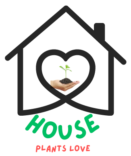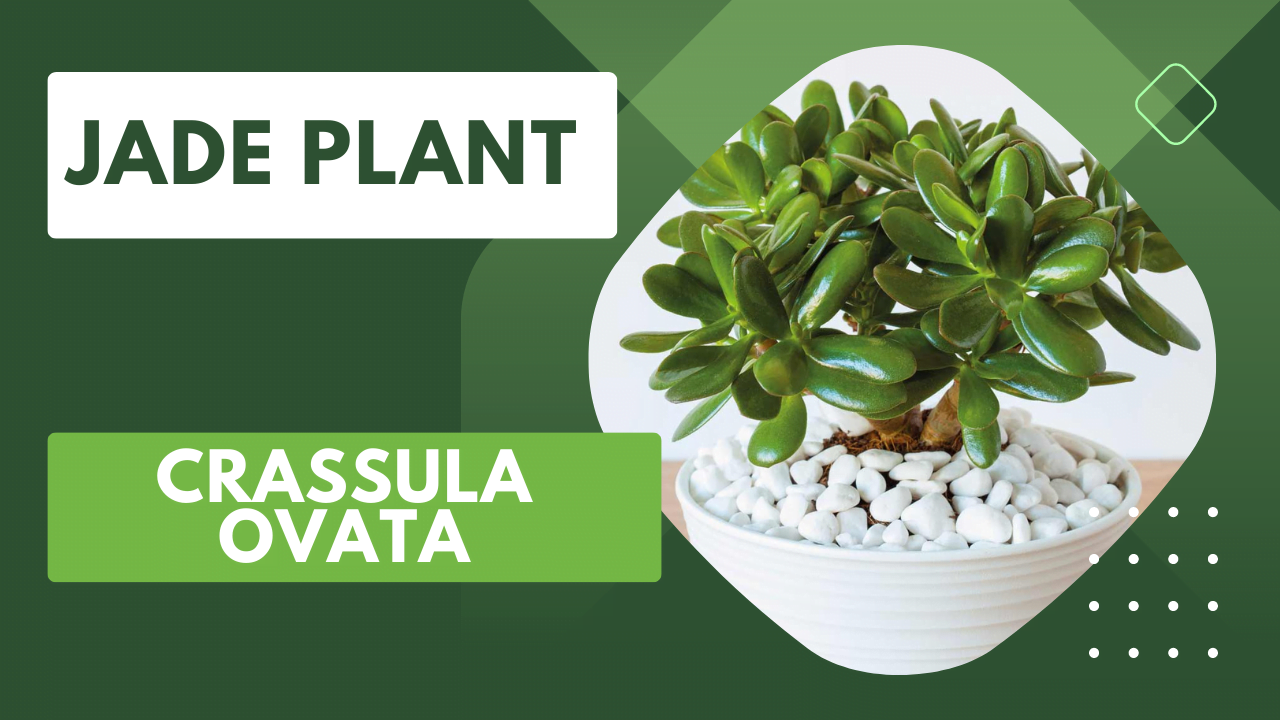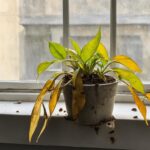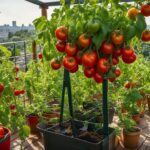What Are Other Names For Plant Pots?
Plant pots, also known by various names, serve as essential companions for gardeners and plant enthusiasts worldwide. These containers come in diverse shapes, sizes, and materials, each catering to specific plant needs. In this article, we’ll know the fascinating world of plant pots, discussing different types, and materials, and their advantages and disadvantages.
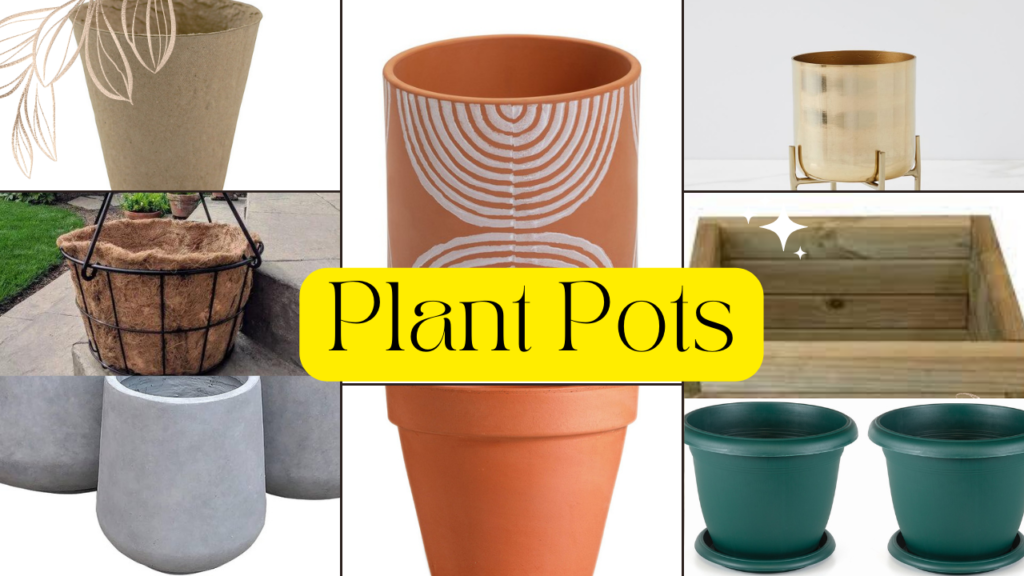
Plant pots go by several names depending on your geographical location and personal preference. Common alternative names include:
- Planters: Often used interchangeably with plant pots, especially for larger containers.
- Containers: A generic term for any vessel used to hold plants.
- Pots: The most straightforward term, universally recognized.
Plant pots are also known as flowerpots and planterettes. They are used to grow plants in a controlled environment.
2 Different Types Of Pots For Indoor And Outdoor Planters
Indoor Planters
Indoor planters are designed specifically for cultivating plants indoors. They come in various sizes and designs, allowing you to showcase your greenery inside your home or office. These pots are often more decorative and may include unique features to complement your interior decor.
You can also read Top 10 Best Indoor House Plants
Outdoor Planters
Outdoor planters, as the name suggests, are meant for outdoor use. These pots are typically sturdier and designed to withstand the elements. They come in various sizes, from small pots for individual plants to large containers suitable for trees and shrubs. Outdoor planters are often made of durable materials to ensure longevity in different weather conditions.
9 Types Of Plant Pots For Outdoor And Indoor Plants
Plant pots come in a variety of styles and materials to cater to the specific needs of your plants. Here are seven common types:
- Terracotta pots: Made from clay, these pots are breathable, allowing for good air circulation around the plant’s roots. They are excellent for succulents and other plants that prefer well-draining soil. They are a good choice for indoor and outdoor plants, but they can be heavy.
- Plastic pots: Plastic pots are lightweight and inexpensive, making them a good choice for indoor plants. They are not as porous as terracotta pots, so they may need to be watered more often. plastic pots are available in various sizes and colors. They retain moisture well and are easy to clean, making them suitable for a wide range of plants.
- Concrete pots: Concrete pots are durable and weatherproof, making them a good choice for outdoor plants. They can be heavy, so they may not be suitable for all locations.
- Metal Planters: Metal pots, such as those made from galvanized steel or aluminum, are sturdy and long-lasting. They are ideal for contemporary or industrial-style gardens. Metal pots are durable and can add a touch of style to your garden. They can be susceptible to rust, so they should be painted or coated with a sealant.
- Wooden Planters: Wooden pots add a rustic charm to any garden. They are durable and provide good insulation for plant roots. Cedar and redwood are popular choices due to their natural resistance to decay. Wood pots are a natural and stylish option for outdoor plants. They are not as durable as other materials, so they may need to be replaced more often.
- Fiberglass pots: Fiberglass pots are lightweight and durable, fiberglass pots are suitable for both indoor and outdoor use. They are available in various shapes and sizes and can mimic the look of other materials like concrete or stone. They are also resistant to cracking and fading.
- Paper pots: Paper pots are biodegradable and a good choice for starting seeds or propagating plants. They are not as durable as other materials, so they should be transplanted to a larger pot once the plant has grown.
- Hanging Baskets: These are perfect for trailing and hanging plants. They save space and add visual interest to your garden or interior.
- Ceramic Pots: These pots are known for their aesthetic appeal. They come in various glazes and designs, making them perfect for decorative indoor plants. However, they can be heavy and fragile.
The Advantages And Disadvantages Of Different Types Of Plants Pot
The advantages and disadvantages of different types of plant pots vary depending on the material. Each type of plant pot comes with its own set of advantages and disadvantages. Here is a general overview:
Terracotta pots:
Advantages: Porous, which allows the soil to breathe; durable; long-lasting; attractive, affordable
Disadvantages: Can be heavy; can crack in cold weather, can dry out quickly.
Plastic pots:
Advantages: Lightweight; inexpensive; easy to clean; available in a variety of colors and styles, retain moisture
Disadvantages: Not as porous as terracotta pots, so may not need to be watered more often; can fade in sunlight, Not as aesthetically pleasing
Concrete pots:
Advantages: Durable; weatherproof; long-lasting; can be used for both indoor and outdoor plants
Disadvantages: Can be heavy; not as many design options as other materials
Metal pots:
Advantages: Durable, Sturdy, long-lasting, can add a touch of style; available in a variety of colors and finishes
Disadvantages: Can rust quickly; not as many design options as other materials, can get hot in direct sunlight.
Wood pots:
Advantages: Natural appearance, good insulation, and stylish; can be used for both indoor and outdoor plants
Disadvantages: Not as durable as other materials because Can rot over time, and may require maintenance. may need to be replaced more often
Fiberglass pots:
Advantages: Lightweight; durable; versatile, resistant to cracking and fading; available in a variety of colors and styles
Disadvantages: Can be more expensive than other materials
Paper pots:
Advantages: Biodegradable; inexpensive; easy to use
Disadvantages: Not as durable as other materials; should be transplanted to a larger pot once the plant has grown
Hanging Baskets:
Pros – Save space, visually appealing;
Cons – Limited planting space, requires frequent watering.
Ceramic Pots:
Pros – Aesthetic appeal, durable;
Cons – Heavy, can be expensive.
What Is The Best Material For Indoor and Outdoor Plant Pots?
Which is better Clay pots vs. plastic pots and fiberglass pots for indoor and outdoor Plants?
The best material for plant pots depends on your needs and preferences. If you are looking for a pot that is porous and allows the soil to breathe, then terracotta is a good choice. If you are looking for a pot that is lightweight and easy to move, then plastic is a good option. If you are looking for a pot that is durable and weatherproof, then concrete is a good choice.
For indoor plants, ceramic or decorative pots may be ideal for their aesthetic appeal. Outdoor plants often benefit from durable materials like plastic, fiberglass, or metal, which can withstand various weather conditions.
What Is The Best Material For Indoor Plant Pots in the UK?
Based on my personal experience with indoor plants, I find that terracotta pots are the best option, particularly in regions like the UK, where the climate is characterized by cold and rainy weather for a significant portion of the year. In such conditions, the soil in pots tends to remain wet for extended periods, creating an environment conducive to the development of fungus gnats. Fungus gnats thrive in consistently damp soil.
Do you want drainage holes in the bottom of the pot?
Yes, I do want drainage holes in the bottom of the pot. Drainage holes are essential for preventing root rot and other plant diseases. They allow excess water to escape, which helps to keep the roots aerated and healthy.
There are a few reasons why I need drainage holes in the bottom of the pot.
- First, drainage holes help to prevent waterlogging. When waterlogged roots cannot get enough oxygen, they can start to rot. This can lead to the death of the plant.
- Second, drainage holes help to prevent the build-up of salts and minerals in the soil. These salts and minerals can be toxic to plants.
- Third, drainage holes help to prevent the soil from becoming too compact. Compacted soil can restrict the roots’ ability to grow and absorb nutrients.
If you are planting a plant in a pot without drainage holes, you can create your own drainage holes using a drill or a sharp knife. Be sure to make the holes large enough to allow excess water to escape.
Conclusion
Plant pots play a crucial role in gardening and plant care. By understanding the different types and materials available, you can choose the perfect pots to nurture your green companions and enhance your indoor or outdoor space. Whether you opt for the classic terracotta, modern fiberglass, or any other type, your choice of plant pot can significantly impact the health and appearance of your plants. So, go ahead and explore the world of plant pots to find the perfect match for your gardening adventures.
